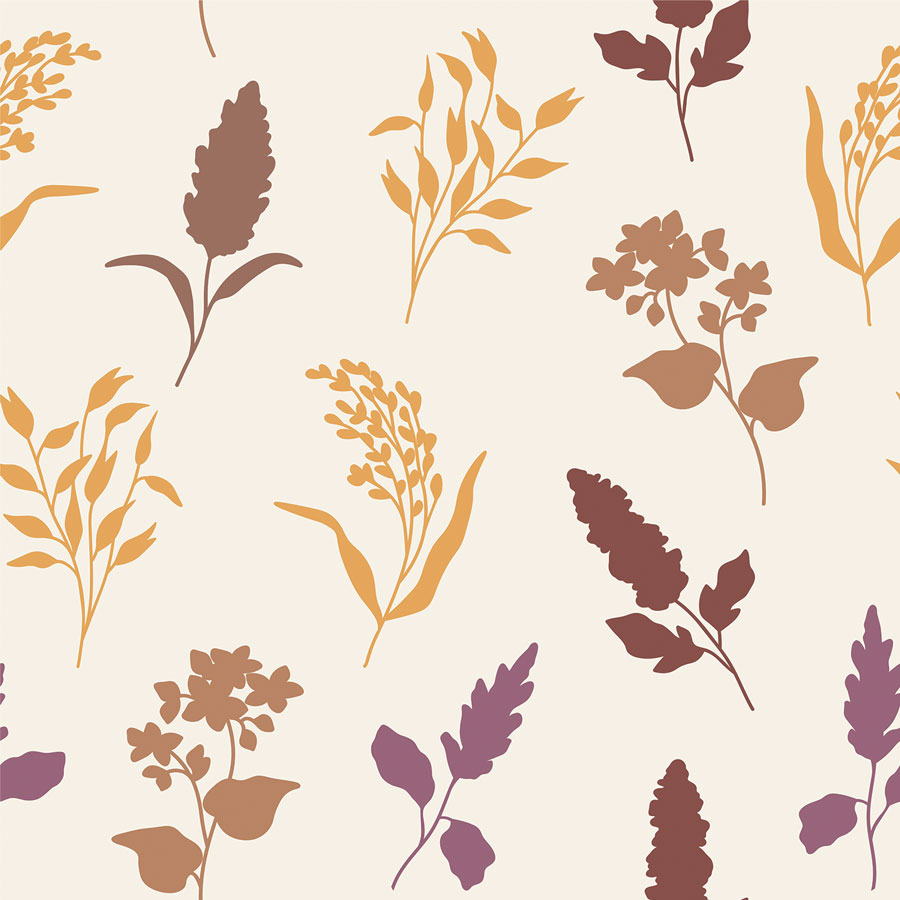
Adopting a gluten-free diet doesn’t mean that grains are off the menu. There are a variety of naturally gluten-free pseudocereals and cereals. This article provides a brief overview of the nutritional properties of the pseudocereal grains amaranth and buckwheat and the cereal grain sorghum.
Amaranth
One cup of cooked amaranth grain has 9.35g of protein, 3.89g of total lipids, 46g of carbohydrates, and 5.17g of total dietary fiber.1 Amaranth is nearly considered an ideal protein due to its high percentage of essential amino acids. Amaranth exceeds the Food and Agriculture Organization/World Health Organization/United Nations University (FAO/WHO/UNU) requirements2 for histidine, isoleucine, lysine, threonine, and valine.3 Compared to other cereals, amaranth has about two to three times more fat.3 This fat mostly consists of unsaturated fatty acids, particularly linoleic acid and oleic acid. Amaranth is also rich in palmitic acid, a saturated fatty acid.3,4 Starch is the most prominent carbohydrate, though the starch content of amaranth is typically lower than that of other cereals.3
Cooked amaranth grain has 1.89g of ash (minerals) in one cup.1 Amaranth has much more calcium than many other grains, including wheat, buckwheat, and quinoa. It is also rich in iron, magnesium, phosphorus, potassium, and zinc.3,4 There are 116mg of calcium, 5.17mg of iron, 160mg of magnesium, 364mg of phosphorus, 332mg of potassium, and 2.12mg of zinc in a one-cup serving of cooked amaranth grain.1 Amaranth also contains polyphenols with antioxidant properties.3,4
Buckwheat
One 100g-serving of raw whole grain buckwheat contains 11.1g of protein, 3.04g of total lipids, 71.1g of carbohydrates, and 4g of total dietary fiber.5 The nutritional profile of roasted, cooked buckwheat groats differs from that of raw buckwheat, with a 100g serving containing 3.38g of protein, 0.62g of total lipids, 19.9g of carbohydrates, and 2.7g of total dietary fiber.6
Starch is the most abundant carbohydrate, and buckwheat has a higher starch content than amaranth or quinoa. Other pseudocereals have more protein than buckwheat groats, which has a similar protein content to wheat.7 Compared to other cereals, buckwheat groats have comparable or greater levels of many essential amino acids, such as histidine, lysine, threonine, leucine, isoleucine, and valine.2,6 Like amaranth, buckwheat contains palmitic, oleic, and linoleic acids.7
There are 1.82g of ash in 100g of raw whole grain buckwheat5 and 0.43g in 100g of roasted, cooked buckwheat groats.6 Like amaranth, buckwheat has notable levels of magnesium, potassium, iron, and zinc.3,7 A 100g serving of whole grain buckwheat has 203mg of magnesium, 414mg of potassium, 2.44mg of iron, and 2.24mg of zinc.5 Buckwheat is also a good source of manganese, copper, and B vitamins, the most prominent of which is niacin (vitamin B3). Buckwheat also contains flavonoids, though content varies based on the species; for instance, Tartary buckwheat has four-times the flavonoid content of common buckwheat.7
Sorghum
There are 10.6g of protein, 3.46g of total lipids, 72.1g of carbohydrates, and 6.7g of total dietary fiber in a 100g serving of sorghum grain.8 As with other grains, starch is most abundant carbohydrate in sorghum.9,10 Sorghum contains a high amount of fiber, the majority of which is insoluble.4,9 Glutamic acid (nonessential) and leucine (essential) are the most prominent amino acids in sorghum, whereas its lysine content is low.11,12 Linoleic and oleic acids compose the majority of fatty acids in sorghum.4,9
Sorghum grain has 1.43g of ash per 100g.8 Sorghum is a good source of B vitamins,4,10 with a 100g serving containing 3.69mg of niacin, 0.33mg of thiamin, and 0.44mg of vitamin B6.8 Additionally, sorghum contains notable amounts of iron (3.36mg/100g), zinc (1.67mg/100g), and potassium (363mg/100g).8 Sorghum is also rich in polyphenols with antioxidant properties, compared to other cereals, some of which are unique to sorghum.9
Bottom Line
Whether you adhere to a gluten-free diet or just want to try something new, these grains are a great addition to a healthy diet. You can even use amaranth, buckwheat, or sorghum flours to bake anything from flatbreads to muffins!
Sources
- US Department of Agriculture. Amaranth grain, cooked. FoodData Central. 1 Apr 2019. Accessed 3 Oct 2024. https://fdc.nal.usda.gov/fdc-app.html#/food-details/170683/nutrients
- Joint FAO/WHO/UNU Expert Consultation on Protein and Amino Acid Requirements in Human Nutrition (2002: Geneva, Switzerland), Food and Agriculture Organization of the United Nations, World Health Organization, and United Nations University. Protein and amino acid requirements in human nutrition: report of a joint FAO/WHO/UNU expert consultation. World Health Organization. 2007. https://iris.who.int/handle/10665/43411
- Arendt EK, Zannini E. Cereal Grains for the Food and Beverage Industries. Woodhead Publishing Limited; 2013.
- Taylor JRN, Emmambux MN. Products containing other specialty grains: sorghum, the millets and pseudocereals. In: Hamaker BR, ed. Technology of Functional Cereal Products. Woodhead Publishing Limited; 2008:281–335.
- US Department of Agriculture. Buckwheat, whole grain. FoodData Central. 20 Apr 2023. Accessed 3 Oct 2024. https://fdc.nal.usda.gov/fdc-app.html#/food-details/2512378/nutrients
- US Department of Agriculture. Buckwheat groats, roasted cooked. FoodData Central. 1 Apr 2019. Accessed 3 Oct 2024. https://fdc.nal.usda.gov/fdc-app.html#/food-details/170686/nutrients
- Tömösközi S, Langó B. Buckwheat: its unique nutritional and health-promoting properties. In: Taylor JRN, Awika JM. Gluten-free Ancient Grains: Cereals, Pseudocereals, and Legumes: Sustainable, Nutritious, and Health-promoting Foods for the 21st Century. Woodhead Publishing Limited; 2017: 161–177.
- US Department of Agriculture. Sorghum grain. FoodData Central. 1 Apr 2019. Accessed 3 Oct 2024. https://fdc.nal.usda.gov/fdc-app.html#/food-details/169716/nutrients
- Awika JM. Sorghum: its unique nutritional and health-promoting properties. In: Taylor JRN, Awika JM. Gluten-free Ancient Grains: Cereals, Pseudocereals, and Legumes: Sustainable, Nutritious, and Health-promoting Foods for the 21st Century. Woodhead Publishing Limited; 2017:21–54.
- Kulamarva AG, Sosle VR, Vijaya Raghavan GS. Nutritional and rheological properties of sorghum. Int J Food Prop. 2009;12(1):55–69.
- Khan A, Khan NA, Bean SR, et al. Variations in total protein and amino acids in the sequenced sorghum mutant library. Plants (Basel). 2023;12(8):1662.
- Osman A, Abd El-Wahab A, Ahmed MFE, et al. Nutrient composition and in vitro fermentation characteristics of sorghum depending on variety and year of cultivation in Northern Italy. Foods. 2022;11(20):3255.




